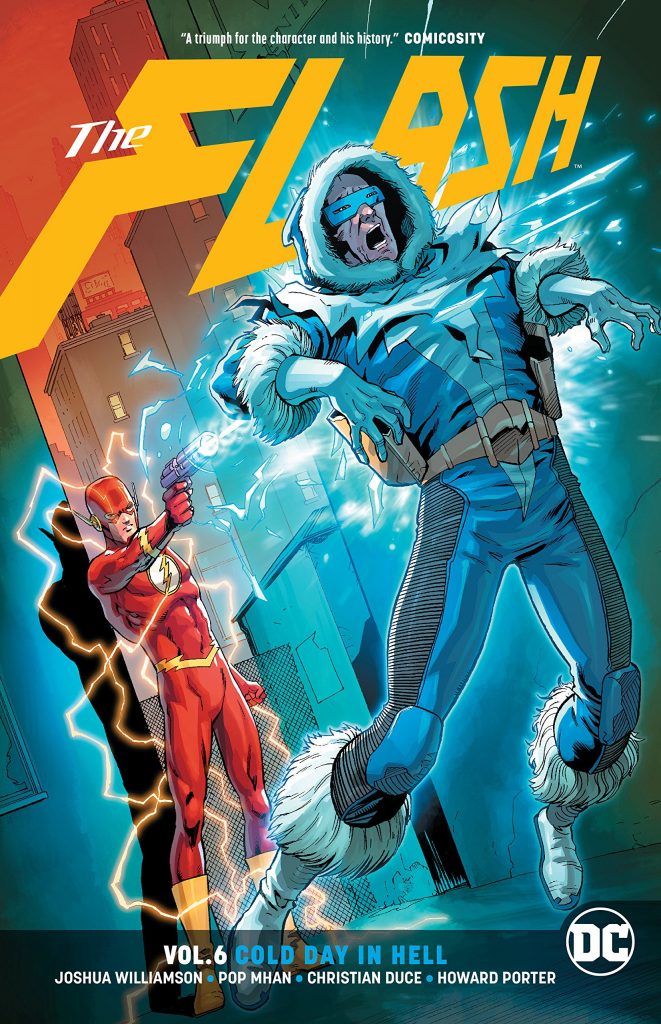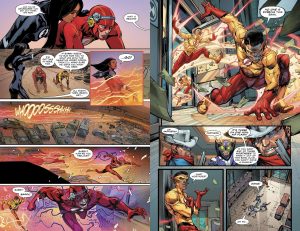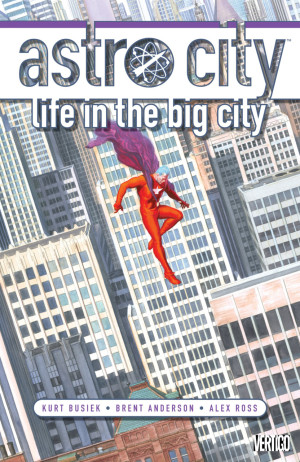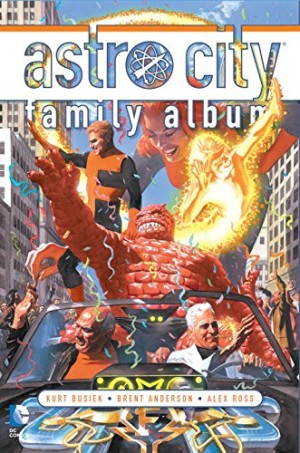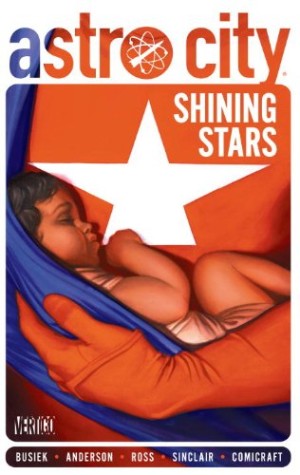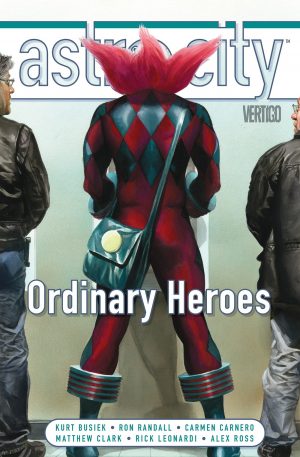Review by Ian Keogh
Spoilers in review
Although only seen for a relatively brief period, Meena Dhawan had a deep influence on Flash’s life. She’s been presumed dead by Barry Allen since Speed of Darkness, but as seen in Negative she survived, is seemingly up to no good and is connected with so far less than inspiring super-scientist organisation Black Hole. That’s not apparent when she hooks up with Barry and Kid Flash, saying her connection with the Speed Force enables her knowledge that conflicting forces within Barry are killing him.
Spoilers follow, so if you’d rather not know, Cold Day in Hell is a decent Flash outing that could have been better without personality shortcuts and a lack of consistency about the art.
Joshua Williamson writes the opening story with Michael Moreci, but it features a flaw common to Williamson’s Flash stories to date, that of someone behaving in a way that doesn’t withstand the logic test. In this case it’s Meena, with whom Barry had been having a relationship, who always worked for good, was granted surprising super-speed powers and died when Barry was unable to save her. We’re supposed to believe that having been given a second chance at life by a million to one chance (let’s accept dramatic licence here) she’s so angry at Flash not saving her life that she wipes out previous feelings and good character to become a villain. A viable explanation is provided in Perfect Storm, but here it comes across as too plot-convenient, and this isn’t the first time that’s happened in this series. It gives the impression of Williamson correcting flaws once they’ve been pointed out. Also beginning to become unsatisfying is the consistent use of other speedsters as villains.
That Williamson occasionally takes the lazy path with characterisation is a shame, because much of what he delivers is good. Almost any scene with police officers or the Iron Heights prison warden crackles with tension, Flash’s relationship with Wally West in or out of costume rings true, and although she’s not seen much here, Iris West has been a good character from the start.
A minor improvement occurs on the artistic consistency front with Pop Mhan (sample art left) managing to draw both chapters of the opening story, but over the title story it’s Howard Porter, Scott McDaniel and Scott Kolins in quick succession with Porter (sample right) also drawing the finale. They’re all good, but different. Again, why can’t DC arrange for the same artist to draw an entire story?
That second story returns the Rogues in a murder mystery extending the question of just who is running crime in Central City. It’s far more satisfying than the first outing with some good Flash action, and Williamson the sole writer keeping one step ahead of readers at every stage, constantly twisting the truth.
In the final story Williamson returns to the original Wally West, a character who’s been left dangling for a few volumes. It’s an interesting spotlight, not subtle in ramming home what it’s like to have been forgotten by everyone he’s ever loved or liked, but hitting the correct emotional notes. Much of the that and the final page of the Rogues story sets up what’s to come in Perfect Storm.
Cold Day in Hell‘s content is also found combined with Negative as the third hardcover edition of Flash: Rebirth Deluxe Edition.
